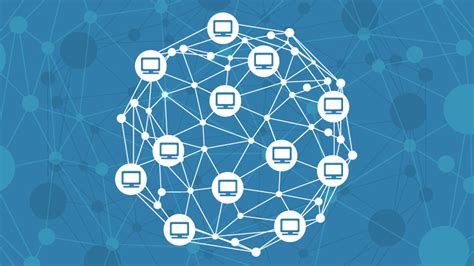The US began debasing its coinage in 1965 via something called the Coinage Act of 1965. By 1970 dimes, quarters and half-dollars had exactly no silver left in them. This was hardly a new ploy; the Roman megalomaniac and emperor Nero started debasing Roman coinage beginning around the year 60 AD.; 150 years later, the silver content was down to around 5%. This action drove the inflation rate in the Roman Empire to about 1,000% per annum. Interestingly, Rome was invaded and sacked by the German Visigoths on August 24th 410 AD, about two hundred years to the day after Nero decided to fiddle with contents of Roman money.
About 1,561 years later Richard M. Nixon, in 1971, nullified the international Bretton Woods Agreement of 1944. Said agreement gave countries trading with the US the right to collect funds owing to them in gold (at the rate of $35 per ounce). Tricky Dick, as his detractors sometimes called him, noticed, apparently, that a number of countries, who themselves noticed the falling value of the dollar, had demands and/or intentions to exchange their U.S. Dollars for the yellow metal.
So what’s all this to do with the price of tea in China? Well, in short, the only thing backing US money is the platitude which reads “This note is legal tender for all debts, public and private” of the US Government. In short US money is fiat money. U.S. citizens could redeem U.S. paper for gold up to 1933 and silver up to 1968. That, however, is all water down the Tiber (the river that Rome, Italy is situated on). In the U.S. alone in having fiat money? Hardly. The effective fallout Nixon’s 1971 decision essentially led to all the major global economies defaulting to fiat currencies.
What does this bode for the “average consumer?” The “average consumer” does not need to possess a PhD in economics to know that as inflation increases, her or his fiat money becomes worth less and less. Speaking of dumping the gold standard and inflation, the short-lived German Wiemar Republic, being the inheritor of a defeated Germany (WWI), was forced to make reparations by the prevailing allies. As a result, it was forced to ramp up its printing presses. Germany’s paper currency quickly turned into bird cage-liner. The allies were demanding repayment in hard currency, i.e., gold or foreign currency. By December of 1922 a dollar was worth 7,400 marks. Germany missed a reparation payment in 1922 to France, and France, and Belgium decided to occupy Germany’s Ruhr Valley industrial region. Essentially, this didn’t help France or Belgium, as the German government told the workers of the Ruhr Valley to go on strike. November 1923 was the high-water mark for German inflation; photographs of citizens pushing overflowing wheelbarrows of marks to their local store to buy a loaf of bread are common. By the way, I submit, that the requirement that Germany pay war reparations, was a significant part of setting up favorable conditions leading to WWII.
Perhaps, at this point, you may be thinking governments couldn’t still be this stupid at this point in history to let their economies go berserk again. No? 1920s Germany’s situation has been repeated in times much closer to ours. For instance in Argentina and more perhaps more notoriously, in Zimbabwe.
US coinage still is bereft of precious metal. And, still, the only thing backing it is “This note is legal tender for all debts, public and private.” If one thing might be noted about history, it has a tendency to repeat itself in general ways and principles; granted, not necessarily in specific underlying details. So what light does this shed on our day and the arising of so-called cryptocurrencies? If a loaf of bread ever costs a wheelbarrow full of paper notes again, will the store owner accept your cryptocurrency in lieu of worthless government issued paper? Or will the only acceptable form of exchange in such a time revert to the precious metals? And, finally, will you still be able to transact any exchange without government permission; might said permission consist of some sort of mark located on your body? Is there any gold right now in the US Gold Depository at Ft. Knox, KY? These are questions that deserve further inquiry; thanks for reading.





Great research on this topic.